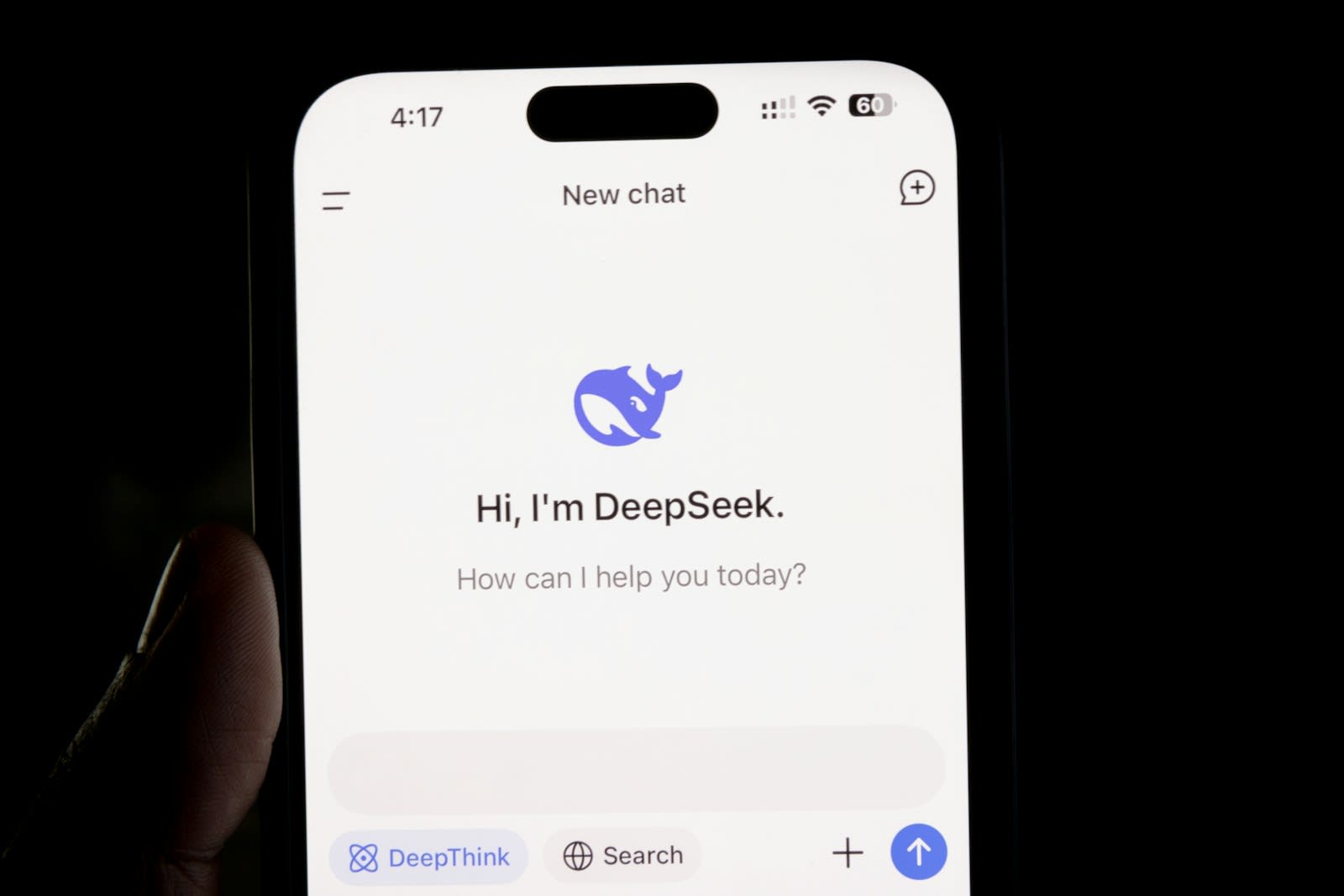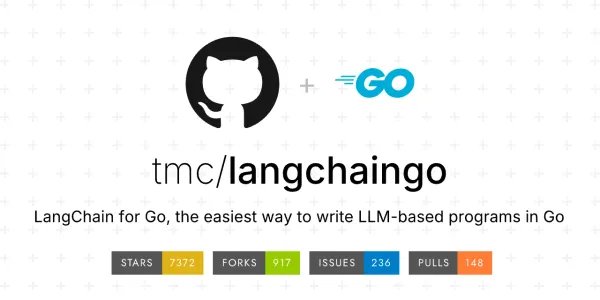DeepSeek R1 AI – How Is It Better Than ChatGPT?

The world of AI has been forever changed by DeepSeek, a project that has quickly disrupted the tech industry. Developed by a hedge fund in China, DeepSeek’s AI model has garnered attention from major companies like OpenAI and Google, prompting them to reconsider their approach to AI development. DeepSeek’s AI technology has raised questions about cost efficiency, launch timing, and its potential to challenge leading models like ChatGPT. In this article, we’ll dive into the key aspects of DeepSeek, including its cost advantages, unique features, and how it compares to other leading AI models.
DeepSeek’s Cost Efficiency: A Game Changer
One of the most striking features of DeepSeek is its incredible cost efficiency. Training DeepSeek’s AI model only cost $6 million, a fraction of the amounts spent by competitors like OpenAI, who spent $100 million, and Google, who allocated $200 million to train their models. This difference in cost is significant, especially considering the similar capabilities of DeepSeek’s R1 model compared to more expensive AI technologies.
The lower cost of training DeepSeek’s model has raised questions about how the company achieved such efficiency. Skeptics argue that it might signal a new era in AI development where more affordable models could democratize AI access. With DeepSeek’s cost advantage, more businesses, startups, and independent researchers can tap into high-level AI technology without the hefty price tags typically associated with AI models like GPT or Gemini.
The Timing of DeepSeek’s Release
DeepSeek’s launch timing is also noteworthy. It happened to coincide with the day of Donald Trump’s presidential swearing-in ceremony, an event that some believe was strategically timed to send a message. This release timing seems to reflect China’s ambition to assert its growing technological capabilities on the global stage. The release of DeepSeek on such a significant political day could be seen as a way for China to showcase its technological power and challenge the dominance of American tech giants, especially in the field of AI.
Such timing also adds a layer of geopolitical intrigue to DeepSeek’s emergence. While the launch could have been purely coincidental, its alignment with a highly publicized event seems intentional. This signals that DeepSeek’s creators are not just interested in AI development but are also keenly aware of the political and economic impact of their technology.
The Origin Story: From a Weekend Project to Global Disruption
The story behind DeepSeek’s creation is nothing short of fascinating. The project began as a side venture by Wang Wenfeng, a hedge fund manager who had a keen interest in AI. During weekends, he began experimenting with underused GPUs to train an AI model. What was originally a hobby quickly evolved into a full-fledged project, and DeepSeek soon gained recognition in the AI field.
The transition from a side project to a groundbreaking AI model highlights the power of innovation and resourcefulness. By utilizing underused hardware and taking a more cost-effective approach, DeepSeek was able to develop a competitive AI model that challenged the status quo in the AI industry.
Model Overview: DeepSeek R1 vs. ChatGPT
DeepSeek currently offers two AI models: the R10 and the R1. The R10 model is based solely on reinforcement learning, where the AI learns by interacting with its environment through trial and error. This learning process is similar to how humans learn new skills, adjusting behavior based on rewards and penalties.
The R1 model, however, is a more advanced version that combines reinforcement learning with supervised learning. Supervised learning uses labeled data to train the AI, essentially guiding it to understand what is right or wrong. By blending these two techniques, DeepSeek’s R1 model becomes more efficient, versatile, and competitive with other leading AI models like ChatGPT.
While ChatGPT relies heavily on its massive dataset and sophisticated language processing capabilities, DeepSeek’s R1 model offers similar capabilities but in a more cost-effective and open-source manner. This combination of reinforcement and supervised learning allows DeepSeek to provide high-quality responses while maintaining flexibility and efficiency.
Open-Source Advantage: A New Era of Accessibility
One of the most significant advantages of DeepSeek over its competitors is its open-source nature. Unlike most leading AI models, such as those developed by OpenAI or Google, DeepSeek allows developers, researchers, and even small tech startups to access, modify, and build upon its code. This openness fosters a more collaborative environment, enabling innovation at all levels of the tech ecosystem.
The open-source model offers a major advantage to smaller players in the tech space. Instead of being locked into proprietary systems and paying high usage fees, developers can freely explore the code, make modifications, and adapt DeepSeek’s AI for their own needs. This approach is expected to inspire the next wave of AI-driven innovations, as smaller companies and independent researchers can now develop and fine-tune AI models that suit their specific requirements.
DeepSeek vs. Major AI Models: Affordability and Flexibility
DeepSeek’s R1 model is positioned as a more affordable alternative to other major AI models like OpenAI’s GPT or Google’s Gemini. While these models often require significant financial investment, DeepSeek’s R1 offers similar capabilities without the high usage fees. This makes DeepSeek an attractive option for businesses and researchers looking to integrate AI into their operations without breaking the bank.
The ability to access powerful AI for free or at a low cost could shift the balance of power in the AI market, especially for smaller companies that can’t afford the hefty fees associated with other models. By offering high-performance AI at no charge, DeepSeek is democratizing access to advanced technology, leveling the playing field for companies and research teams of all sizes.
US Sanctions and Technology Access: Overcoming Challenges
The video also touches on the impact of U.S. sanctions, which have made it difficult for Chinese companies to access high-end GPUs and other advanced hardware. These sanctions were imposed to limit China’s access to the technology needed for cutting-edge AI development. Despite these obstacles, DeepSeek’s creators have managed to work around the restrictions by utilizing the available technology within China.
This resilience demonstrates DeepSeek’s ability to innovate despite geopolitical and economic challenges. It also highlights how the project’s creators have been able to leverage alternative resources to maintain competitive advantage, even in the face of limited access to the latest hardware.
Conclusion: The Future of DeepSeek and AI Technology
The rise of DeepSeek represents a significant shift in the AI landscape. Its cost-effective, open-source approach challenges traditional models and introduces new possibilities for smaller companies and independent researchers. With its ability to offer similar capabilities to more expensive models like ChatGPT, DeepSeek is making advanced AI more accessible to a wider range of users.
As DeepSeek continues to evolve, it will be fascinating to see how it influences the future of AI development and its impact on the competitive dynamics between the U.S. and China. With its unique combination of affordability, flexibility, and innovation, DeepSeek is poised to play a major role in shaping the future of artificial intelligence.
Also read – New AI Tools To Revolutionize Your Workflow – Try Them Now!



